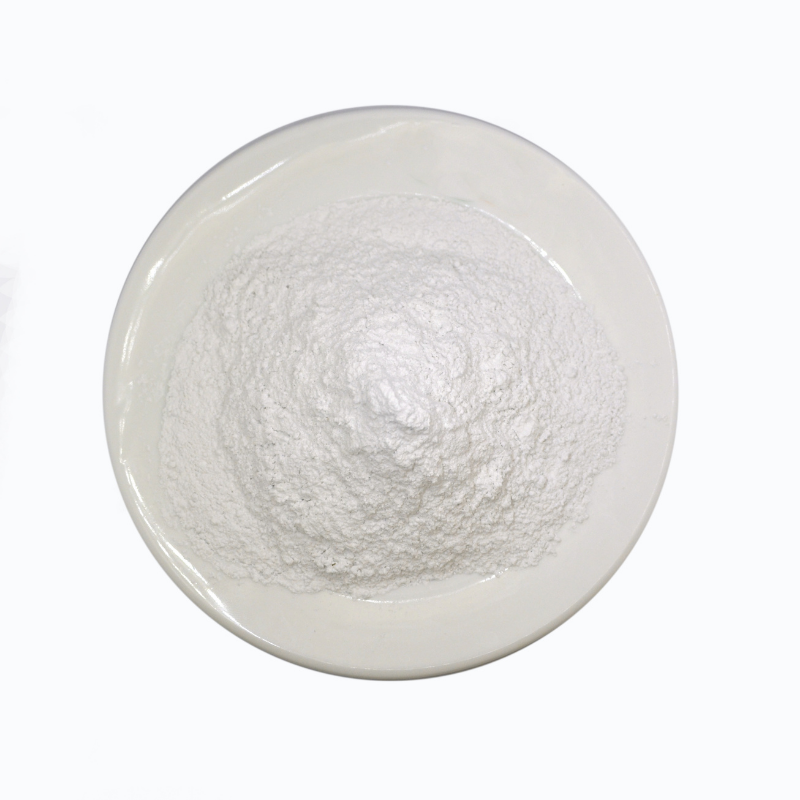
china talc powder 600 mesh
The Versatility and Applications of 600 Mesh Talc Powder in China
Talc, a soft mineral composed primarily of magnesium silicate, has become increasingly significant in various industries due to its unique properties, including softness, hydrophobicity, and chemical inertness. In China, the production of talc powder—especially 600 mesh talc powder—has gained considerable attention, serving numerous applications across a range of sectors.
1. What is 600 Mesh Talc Powder?
Talc powder is classified by its particle size, and the mesh measurement indicates how fine the powder is. A 600 mesh talc powder means that the particles can pass through a sieve with 600 holes per inch, resulting in a very fine powder with a particle size typically around 25 microns or less. This fine particle size allows for better dispersion, which enhances the functionality of talc in various formulations.
2. Production of Talc Powder in China
China is one of the largest producers of talc, boasting rich deposits primarily located in provinces such as Liaoning, Jiangxi, and Guangxi. The talc extraction process involves mining, crushing, grinding, and classifying the mineral to achieve the desired mesh size. Technological advancements have allowed for the efficient production of high-quality 600 mesh talc powder, which meets international standards and is suitable for diverse industrial applications.
3. Uses of 600 Mesh Talc Powder
600 mesh talc powder is known for its versatility. Here are some of the primary applications
In the plastics sector, 600 mesh talc powder acts as a filler and reinforcing agent. It enhances the mechanical properties, thermal stability, and dimensional stability of plastic products. Its low density and good dispersion properties make it ideal for use in polypropylene, polyethylene, and other thermoplastics, leading to improved processing characteristics and finished product performance.
b. Paint and Coatings
china talc powder 600 mesh

Talc powder is also widely used in paint and coatings formulations. Its fine particle size contributes to a smooth texture, opacity, and gloss in the finished product. Furthermore, talc aids in preventing settling and improving adhesion, making it an essential component in both interior and exterior paints.
c. Personal Care Products
In the cosmetics and personal care industries, talc powder serves multiple purposes. It is commonly used in talcum powders, body powders, and face powders due to its ability to absorb moisture and provide a silky feel. Moreover, 600 mesh talc is often included in formulations to enhance the smooth application and overall aesthetic appeal of beauty products.
d. Pharmaceuticals
Talc also finds its way into the pharmaceutical industry as an excipient. It is utilized in tablet formulations, serving as a glidant to improve the flow of powders during the manufacturing process. Additionally, its inert nature ensures minimal reaction with active ingredients, making it a valuable component in various medications.
e. Ceramics and Construction
In ceramics, talc enhances the strength and durability of products, such as tiles and sanitary ware. It contributes to the plasticity of ceramic mixtures, which facilitates shaping and molding. In the construction industry, 600 mesh talc powder is utilized in joint compounds and cement to improve workability and reduce shrinkage.
4. Environmental Considerations
As the demand for talc rises, environmental considerations surrounding its extraction and processing remain crucial. Sustainable mining practices and responsible sourcing are essential to minimize ecological impacts. Moreover, manufacturers of talc powder in China are increasingly implementing eco-friendly practices to meet global environmental standards and expectations.
Conclusion
600 mesh talc powder from China exemplifies the vast potential of this natural mineral across industries. From enhancing plastics and paints to playing a vital role in personal care and pharmaceuticals, talc powder's unique properties make it indispensable in modern applications. As the industry evolves, continued innovation and a commitment to sustainability will shape the future of talc production and its usage, paving the way for new opportunities and advancements in diverse fields.
Share
-
Premium Glass Sand Solutions | High Purity SupplyNewsAug.03,2025
-
Premium Talcum Powder Enhanced with GPT-4 Turbo | Soft & Long-LastingNewsAug.02,2025
-
Fly Ash Solutions Enhanced by GPT-4 Turbo | Sustainable InnovationNewsAug.01,2025
-
Natural Premium Bentonite Cat Litter - Superior ClumpingNewsJul.31,2025
-
Premium Resin Coated Sand - High Heat Resistance CastingNewsJul.31,2025
-
High Quality Silicon Carbide Grit for Abrasive ApplicationsNewsJul.30,2025






